Social Investment Landscape
Cambodia
Summary
Executive Summary
Cambodia sustained an impressive average GDP growth rate of 6.6% in the decade between 2007- 2017. Despite the relatively narrow base of the economy (driven primarily by garment exports, tourism and agriculture), Cambodia attained lower-middle-income status in 2015. Economic growth is projected to remain strong in 2018 and 2019, underpinned by tourism and fiscal expansion. Economic diversification, good quality public governance, environmental sustainability and human capital development are key priorities for the country to sustain growth and achieve inclusive development.
The social economy in Cambodia is still in its infancy but, with increasing interest from social investors and intermediaries, has significant growth potential. While institutional philanthropy is a recent phenomenon, partnerships between foundations and other stakeholders in the social economy are proliferating. Cambodia is also seeing a burgeoning impact investing scene, having attracted 45% of all private impact investment capital deployed in Southeast Asia between 2007-2017. Meanwhile, corporate impact venturing is gaining traction as large companies such as ANZ Royal Bank, Smart Axiata and Cellcard focus on fostering social entrepreneurship.
Cambodia’s Fact File
Cambodia’s 2018 Fact File
134 98 in 2016
World Giving Index Rank
Dashboard
SDG Dashboard
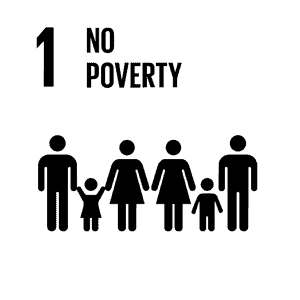
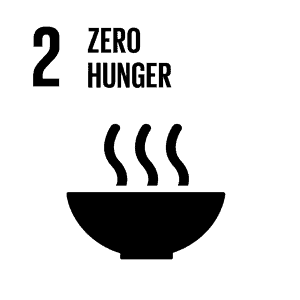
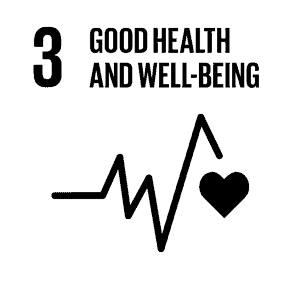
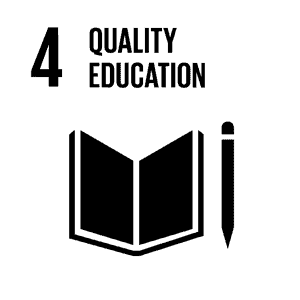




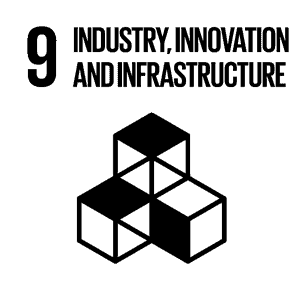
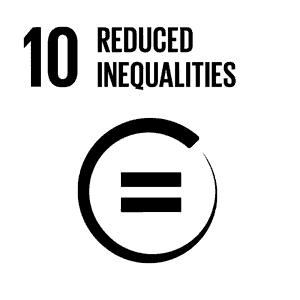
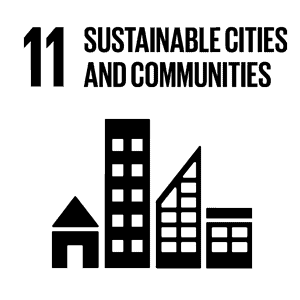
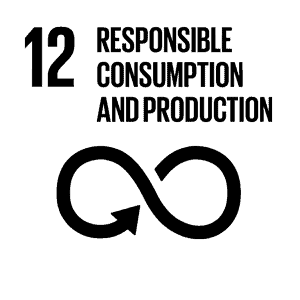
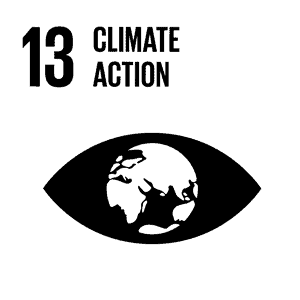



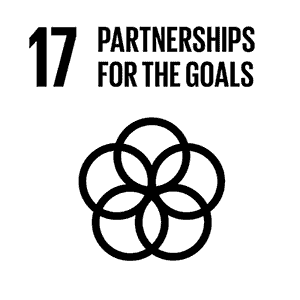
Source: sdgindex.org (2018)
Note: The “traffic light” colour scheme (green,yellow, orange, red) illustrates how far a market is from achieving a particular goal
Government Initiatives
Government Initiatives to Address Development Gaps
Agriculture
SDG Goals



Gap
- Small farmers make up 48% of rural households and remain vulnerable to poverty.
- The prevalence of stunting is high: 32% of children under 5 years old in Cambodia are stunted.
Government Initiatives
- The National Strategy on Food Security and Nutrition 2014-2018 outlines an action plan to improve food security and reduce child and maternal malnutrition through more productive and diversified agriculture production.
- The Fifth Legislature of the National Assembly 2013-2018 aims to maintain the targeted agricultural growth of 5% per annum.
Climate action
SDG Goals



Gap
- Cambodia has been ranked among the most vulnerable countries to climate change (12/172 countries in the 2018 World Risk Index). Its long coastline and central low-lying plains are highly prone to sea level rises, resulting in severe economic losses.
Government Initiatives
- The National Strategic Plan on Green Development 2013-2030 aims to attract green investors in renewable energy and enhance sustainable management of natural resources.
- The Cambodia Climate Change Strategic Plan 2014-2023 emphasises promoting low-carbon technologies and enhancing climate resilience for key ecosystems including Tonle Sap and the Mekong River.
Education and employability
SDG Goals

Gap
- Cambodia’s net enrolment in primary education dropped to 93% in 2016 from 97% in 2012.
- The country’s lower secondary completion rate of 48% is significantly lower than the East Asia and Pacific average of 92%.
Government Initiatives
- Cambodia’s “Education for All” strategy aims to improve the quality and effectiveness of education services at all levels.
- The country also plans to enhance human resource capacity in science and technology, especially in priority sectors including agriculture, industry, energy, physical infrastructure, information and communication technology, health care and environment.
Energy access
SDG Goals

Gap
- Only half the Cambodian population has access to electricity.
- The country’s domestic electricity supply remains low compared to its Southeast Asian neighbours.
Government Initiatives
- The Cambodian government plans to extend electricity to all villages by 2020 and to 70% of all households across the country by 2030.
MSME development
SDG Goals

Gap
- Only half the Cambodian population has access to electricity.
- The country’s domestic electricity supply remains low compared to its Southeast Asian neighbours.
Government Initiatives
- The Cambodian government plans to extend electricity to all villages by 2020 and to 70% of all households across the country by 2030.
MSME development
SDG Goals

Gap
- Micro enterprises account for over 97% of all enterprises but provide only 30% of jobs.
- Close to 99% of micro enterprises are informal and not officially registered.
Government Initiatives
- The country’s industrial development plan 2015-2025 outlines promoting enterprise registration, providing training and linking MSMEs to large enterprises and multinational corporations as key policy measures to foster MSME development.
Social Economy
Cambodia has an early-stage social economy with significant growth potential given increasing interest from social investors and intermediaries
Factor
Presence, size, and maturity of SEs
Rating
◑
Description
- There are about 5,000 non-profit organisations (including about 260 revenue-generating ones) and 127 SEs in Cambodia.
- The majority of SEs are still in the early stage and small in size.
- Digital Divide Data, Hagar International, Friends-International, Sonas World and Mekong Quilts are examples of SEs that are scaling in terms of revenue and reach.
Factor
Rating
◑
Description
- Besides microfinance, Cambodian SEs are active in vocational training businesses (hospitality, information and communication technology (ICT) services), agriculture and rural development, energy, environment, health care and water and sanitation.
Factor
Philanthropic contributions
Rating
◑
Description
- Institutional giving is a recent phenomenon, driven primarily by foreign foundations following informed, strategic philanthropic approaches.
Factor
Rating
◑
Description
- Cambodia is seeing a burgeoning impact investing scene with the presence of many international investors such as: ARUN LLC, Insitor, Uberis Capital, Oikocredit, Nexus for Development, Phitrust Asia, responsAbility, SEAF, SIFEM.
Factor
Rating
◑
Description
- While CSR is still largely associated with charitable donations, corporate impact venturing is gaining traction in the country with pioneers including ANZ Royal Bank and Smart Axiata.
Factor
Policy environment
Rating
◑
Description
- Social economy policies have focused on mobilising investment and promoting sustainable finance.
- However, SEs are currently not legally recognised. The Law on Associations and Non-Governmental Organisations restricts SPOs’ freedom to operate.
Factor
Incubators, accelerators, and capacity-builders
Rating
◑
Description
- Impact Hub Phnom Penh provides co-working space and runs multiple incubation and capacity building programmes for SEs.
- Swisscontact and Uberis Capital implement a USAID-funded technical assistance facility to enhance investment readiness among SEs and SMEs that address SDGs.
- Sevea Consulting provides strategic and operational support for SEs.
Factor
Networks and platforms
Rating
◑
Description
- AVPN, Impact Investment Exchange (IIX), Nexus for Development are notable networks of social investors present in Cambodia.
- Social Enterprise Cambodia provides a platform for social entrepreneurs to share resources and ideas.
Factor
Knowledge and research
Rating
◔
Description
- The Royal University of Phnom Penh (RUPP) and the National Management University set up social innovation hubs.
- However, research activities remain sparse.
Factor
Partnerships
Rating
◑
Description
- Collaborations among social investors are proliferating. Examples include: USAID, Swisscontact and Uberis Capital; Nexus for Development and Phitrust (Pioneer Facility); Cellcard, Smart Axiata, Toyota Cambodia and Impact Hub Phnom Penh; Danone Communities and the RUPP.
- The Cambodia Sustainable Finance Initiative is an example of multi-sectoral partnerships between the government, local banks and DFIs.
















